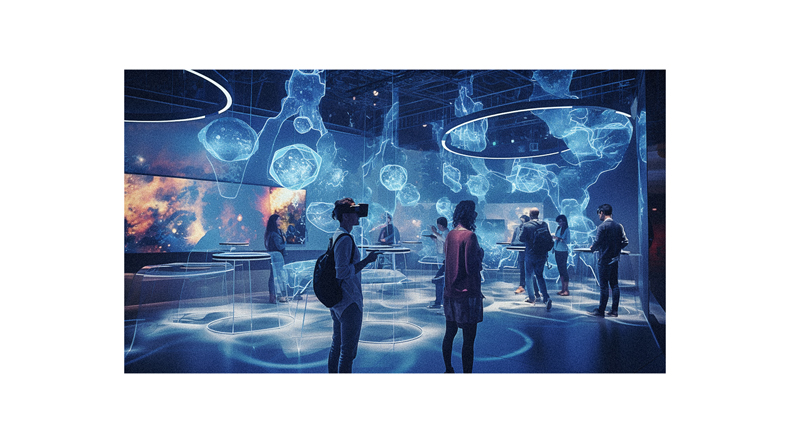You’re stepping into the digital age of art education, where paintbrushes meet pixels.
Explore how tech tools transform traditional teaching techniques, merging old-school charm with modern marvels.
As you navigate this enlightening journey, you’ll discover how innovations like green screens and online platforms enhance art education, paving the way for a future where creativity meets connectivity.
Get ready; you’re about to redefine your understanding of art in the digital era.
The Role of Digital Art Tools in Modern Art Education
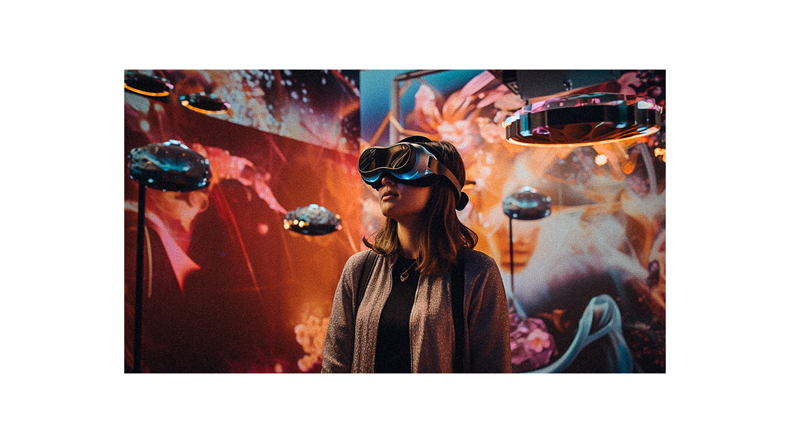
You’re now discovering how digital art tools like Adobe Creative Cloud and Do Ink are revolutionizing how art is taught and learned, blending traditional skills with modern technology for a comprehensive educational experience. These tools aren’t just fancy add-ons; they transform how you learn, create, and appreciate art.
They’re bridging the gap between traditional and digital art, allowing you to explore new techniques while honing your classic skills.
You’ve seen how Adobe Creative Cloud includes apps like Photoshop and Illustrator, powerhouses in graphic design and digital art. Then there’s Do Ink, a simple yet powerful green screen app with endless creative possibilities.
These tools aren’t just changing art education; they’re changing you, shaping you into a well-rounded, tech-savvy artist ready to take on the digital world.
Remote Learning and the Power of Digital Art
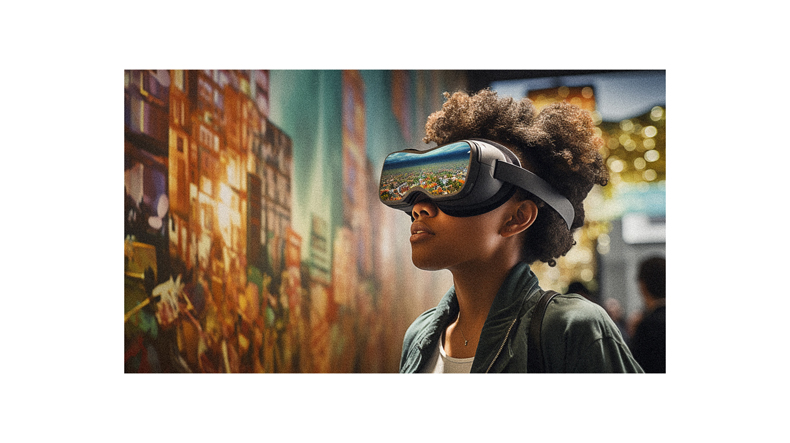
In your remote learning environment, you’ve likely discovered the power of digital art to foster creativity and self-expression. With tools like Adobe Spark, Do Ink, and ArtStudio at your fingertips, you’ve found new ways to express your ideas and emotions.
You’ve seen how digital art tools can unlock creativity, pushing you to experiment with different styles, techniques, and mediums. You’ve probably realized that art isn’t just about drawing on paper anymore; it’s also about creating animations, editing photographs, designing graphics, and so much more.
With digital art, you’ve explored the infinite possibilities of artistic expression. And in doing so, you’ve enriched your creative skills and improved your digital literacy.
Indeed, the overall remote learning experience has probably made you more creative and digitally savvy than ever.
Technology’s Impact on Arts Education: Enhancing Communication and Critical Thinking
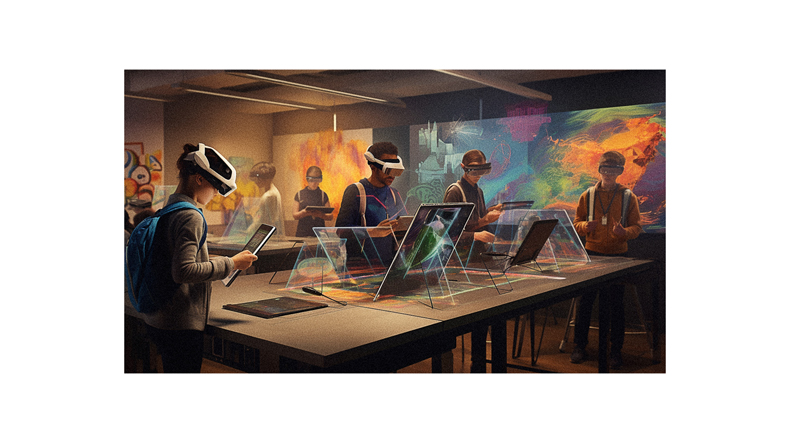
Let’s explore how technology’s presence in your arts training has amplified your communication and critical thinking abilities.
You’ve learned to articulate your ideas visually using digital art tools. The story you tell through your art is clearer and more impactful. It’s not just about creating beautiful visuals; it’s about conveying a message, a thought, or a feeling. That’s communication at its finest.
Meanwhile, these digital tools are constantly challenging you to think critically. How can you use this tool most effectively? What design choices will best communicate your idea? These are questions you’re constantly grappling with. And each time you find an answer, you’re honing your critical thinking skills.
Thus, technology isn’t just enhancing your artistic abilities; it’s making you a better communicator and a more thoughtful creator.
The Benefits of Digital Art in the Classroom
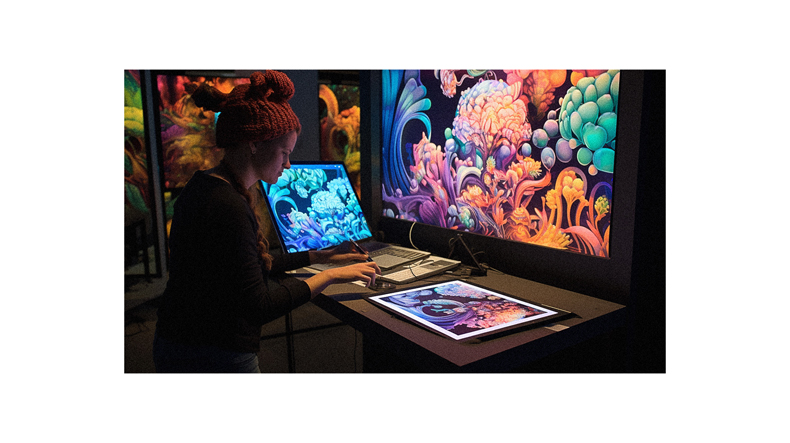
Digital platforms in the classroom aren’t just helping you explore different mediums and making art more accessible and affordable for everyone. A lack of materials or the high cost of supplies no longer limits you. You can create right on your tablet or computer using a variety of digital tools.
These technologies are also breaking down barriers. You can experiment with different styles, techniques, or media without fear. Mistakes are easily undoable, giving you the freedom to innovate.
Furthermore, your creations can be shared instantly, inviting feedback and fostering a sense of community. You’re learning to express yourself artistically and building digital literacy skills.
In short, technology in the art classroom is democratizing creativity and enhancing your learning experience.
The Future of Arts Education: How Technology Is Shaping the Next Generation of Artists
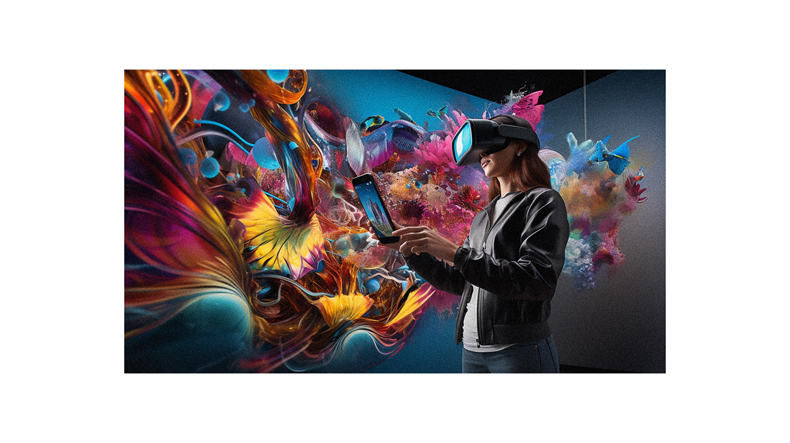
You’re heading into a future where technology will be central to your artistic endeavors, shaping how you create and the myriad of opportunities available to you in the visual industry.
Digital tools will open up new avenues for creativity, allowing you to explore previously inaccessible mediums. You’ll be able to craft your masterpieces anywhere, anytime, with tablets and digital sketching apps.
The emerging tech won’t only enhance your creative process but also equip you with skills that are highly valued in various professions. Imagine the possibilities of integrating virtual reality into your art or collaborating with artists across the globe.
As you embrace this future, you’ll redefine the boundaries of art, creating a fearless space for your artistic expression.
The Value of Art in Education: Incorporating Creativity Into STEM
Incorporating creativity into STEM subjects, you’ll find that it makes you a more well-rounded student and develops valuable soft skills. You’re not just crunching numbers or mixing chemicals when you blend artistry with science, technology, engineering, and mathematics. You’re learning to think outside the box, solve problems creatively, and visualize complex ideas.
Art in education isn’t just about painting and drawing, it’s about developing your digital literacy, too. With digital art tools, you’re not only expressing yourself artistically but also mastering tech skills. You’re preparing for a future where creativity and technology go hand in hand.
The Benefits of Technology in Art Classrooms: Empowering Students and Breaking Barriers
When it comes to leveraging technology in art classrooms, it’s all about empowering you as a student and breaking down barriers that may have previously limited your creative expression.
Digital tools like Adobe Creative Cloud, Do Ink, and ArtStudio allow you to explore different art techniques and mediums at your fingertips. You can easily share your creations, collaborate with classmates, and even showcase your work to a wider audience. They’re not just for fun; they’re also building your digital literacy skills.
With tech, art becomes more accessible and affordable. And don’t worry about the traditional arts; they’re not going anywhere. Instead, they’re being enhanced by technology.
Examples of Technology Enhancing Art Rooms: From Digital Drawing to Virtual Reality
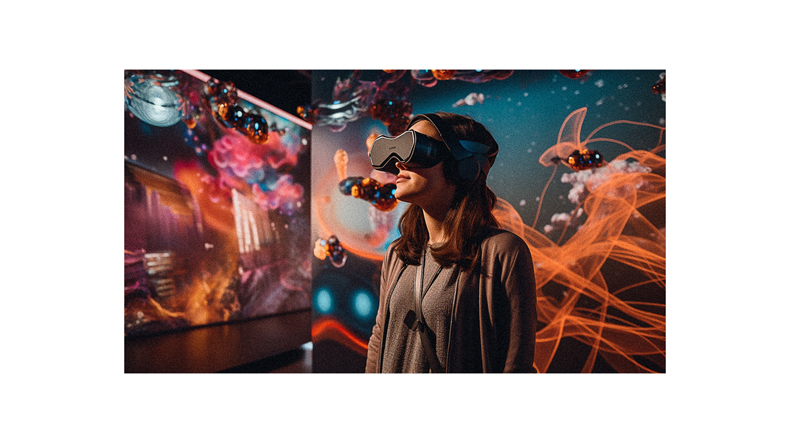
Now, let’s dive deeper into examples of how technology enhances art rooms, from digital drawing to virtual reality.
Imagine your art students using digital drawing apps to learn art fundamentals, creating precise shapes, and mastering brush strokes with the swipe of a finger. They can organize and showcase their art in digital portfolios, providing a space for their creativity and growth to shine.
Picture them gaining inspiration from virtual museum tours and online research. They can even engage in filmmaking and animation projects, encouraging teamwork in multiple art forms.
And what about using virtual reality for immersive digital drawing experiences? It’s not just the future; it’s happening now. Technology is truly revolutionizing the way we teach and learn art.
Challenges and Solutions in Integrating Technology in Art Classrooms
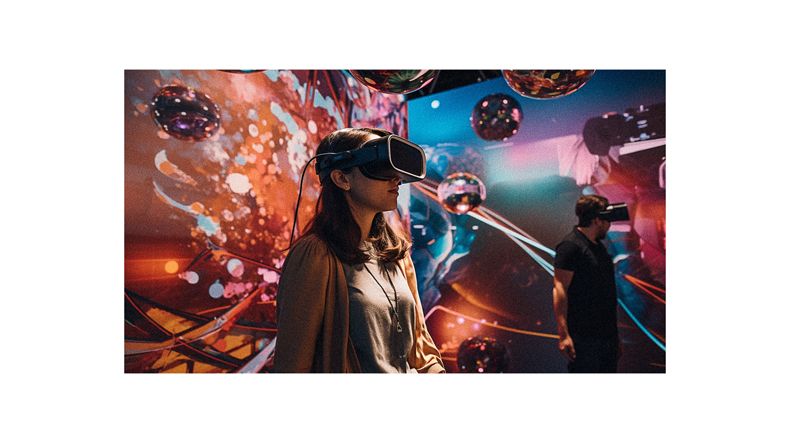
You’re likely to face certain hurdles as you strive to blend the digital world with your creative classroom, but don’t worry; there are plenty of solutions to these obstacles.
Limited access to digital devices and internet connectivity can be a real challenge. However, you can mitigate this by leveraging local resources, such as community centers or libraries that offer free internet and computer use.
You might also feel overwhelmed by the plethora of digital tools and apps available. To tackle this, focus on mastering a few that align best with your curriculum.
Are you concerned about privacy and security when sharing artwork online? Ensure you’re familiar with the privacy settings on your platforms and educate your students on the importance of digital safety.
The Future of Technology in Art Education: Advancements and Innovations
Looking ahead, it’s clear that advancements and innovations will continue to shape the landscape of creativity in classrooms across the globe. You’ll see the continued development of art-related digital tools and software and the integration of virtual and augmented reality in art classrooms.
You’ll witness an expansion of online art courses and virtual art schools, redefining the conventional concept of an ‘art class.’ Artists and technologists will collaborate increasingly, crafting innovative art experiences that weren’t possible before.
You’ll also see a potential for global connections and cultural exchange through digital art platforms. This future of technology in art education isn’t just about the tools you’ll use but the boundaries you’ll push in art and creativity.
Follow us on Pinterest for more tips, tutorials, and artist reviews!
This post contains affiliate links. If you make a purchase, Proactive Creative may receive a small commission at no additional cost to you.

